Rohe (region) Bay of Plenty Population 9,948 | Waka (canoe) Arautauta, Mataatua | |
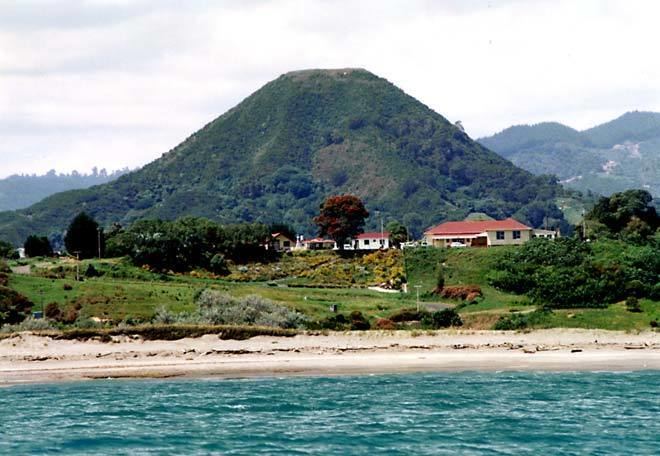 | ||
Te whakat hea turning economic tides
Whakatōhea are a Māori iwi located in the eastern Bay of Plenty region of New Zealand. The iwi comprises six hapu: Ngāi Tamahaua, Ngāti Ira, Ngāti Ngahere, Ngāti Patumoana, Ngāti Ruatakena and Ūpokorehe. In the 2006 Census, 12,072 people claimed an affiliation with Whakatōhea.
Contents
- Te whakat hea turning economic tides
- Te whakat hea commemorate 150 years anniversary of the siege of te tarata
- History
- Governance
- References
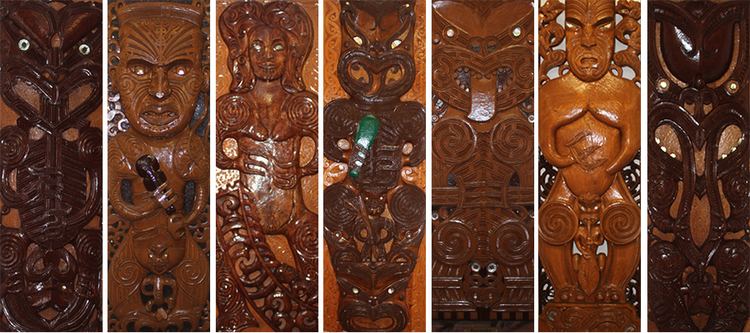
The iwi is traditionally centred in the area around the town of Opotiki. The traditional territorial lands extend eastwards from Ohiwa Harbour to Opape along the coastline, and inland to Matawai. These lands have long held an abundance of food resources, particularly seafood. Most of the marae of the iwi are located near the coast, historically to defend its marine resources.
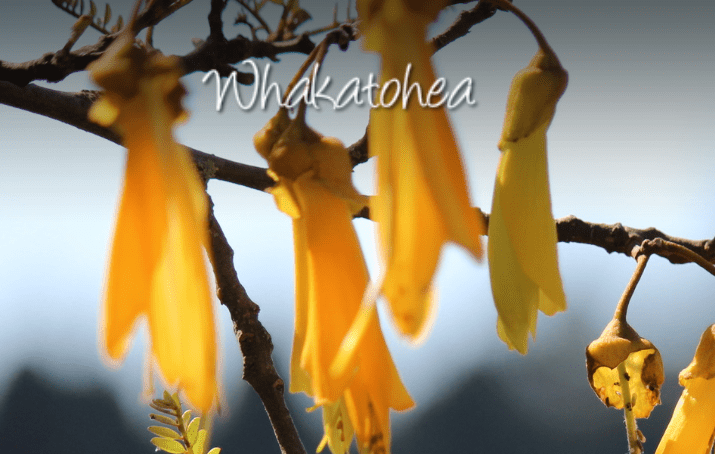
Pan-tribal iwi station Sea 92FM broadcasts to members of Te Whakatōhea, Ngāti Tai and Te Whānau-ā-Apanui in the Opotiki area. It is operated by pan-tribal service provider Whakaatu Whanaunga Trust, and is available on 92.0 FM. It operates the low-power Opotiki 88.1 FM, geared towards a young demographic.
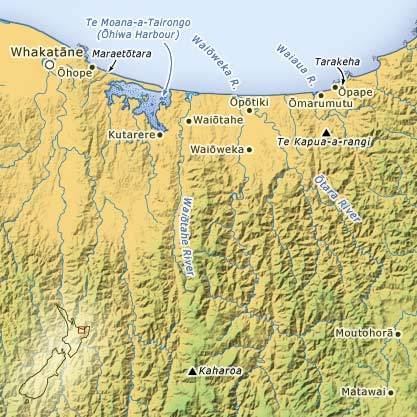
Te whakat hea commemorate 150 years anniversary of the siege of te tarata
History

Whakatōhea can trace their history to the arrival of Māori settlers on the Nukutere and Mataatua canoes. Whakatōhea are the descendants of Muriwai, the eldest daughter of Wekanui and Irākewa. Wekanui and Irākewa had three children; Muriwai being the eldest followed by Toroa and Puhi. They also had a half brother, Tāneatua. It is, according to Whakatōhea legend that Muriwai spoke the famous words "kia tū whakatāne au i ahau" translated to "make me stand like a man". When Mātaatua was being swept back out to sea with no man to pull the waka back in. It was these famous words the gave her the right to pull the waka back to safety. It was from these words that Whakatane also gets its name.
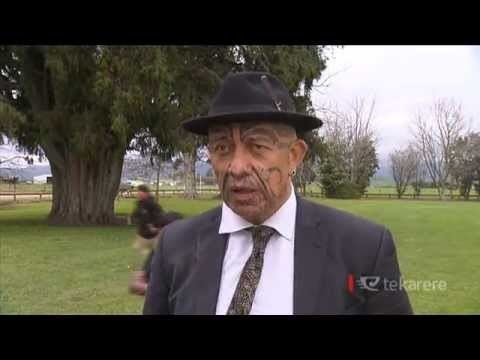
Tūtāmure was a descendant of the Nukutere settlers, and was the leader of the Panenehu tribe. Hine-i-kauia was a descendant of the Mataatua settlers, who arrived in New Zealand nine generations after the Nukutere settlers. Tūtāmure and Hine-i-kauia were married, and their descendants would eventually form the Ngāti Ruatakenga hapu. The ancestoral house at Omarumutu marae is named Tutamure and the dining room is named Hine-i-kauia.
For centuries, Whakatōhea fought many battles with their neighbours, including Ngāi Tai in the east, Ngāti Awa and Ngāi Tūhoe in the west. The iwi initially had good relations with European settlers and Christian missionaries. However, in 1865, following the murder of German missionary Carl Völkner, and with increasing demands from European settlers for more land, Crown soldiers invaded Te Whakatōhea land. Almost 600 km² of Whakatōhea land was confiscated by the Crown under the New Zealand Settlements Act of 1863.
The twentieth century saw an increasing government recognition that Whakatōhea had suffered grievances at the hands of the Crown. In 1996, the New Zealand government signed a Deed of Settlement, acknowledging and apologising for the invasion and confiscation of Whakatōhea lands, and the subsequent economic, cultural and developmental devastation suffered by the iwi. Whakatōhea are presently preparing to negotiate a full settlement with the New Zealand government.
Governance
The Whakatōhea Māori Trust Board, established in 1952, administers the assets of the iwi, and provides education and health services, along with training in various commercial fields, to members. The Trust Board will also negotiate a final settlement between Whakatōhea and the New Zealand government.
